Practice safe merging techniques to prevent crashes
February Law of the Month: Safe Merging
Merging is a common technique on our roads that requires all drivers to stay calm and pay attention to avoid crashes.
The Wisconsin State Patrol’s February Law of the Month highlights the basics of safe merging for new and experienced drivers.
“Proper merging helps maintain a safe and smooth flow of traffic,” State Patrol Superintendent Tim Carnahan said. “Drivers encounter many different situations on the road that require merging. Crashes can be avoided when motorists are cautious of others on the road, allow plenty of distance between vehicles and avoid driving in blind spots of other vehicles.”
Changing lanes
Practice safe lane changes to protect yourself and others from a crash. Before moving into another lane:
· Be sure the road is clear and there is a large enough gap between vehicles to allow you to safely change lanes.
· Use turn signals to give other drivers time to react to your planned move. State law requires drivers to use turn signals before changing lanes, turning or merging into traffic.
· Scan quickly for traffic to the side and behind your vehicle. Use your rear view and side mirrors and look over your shoulder to check your blind spots. Do not take your eyes off the road for more than an instant because traffic ahead of you may stop suddenly.
· Look carefully for other road users like motorcyclists, bicyclists and pedestrians who are harder to see.
Entering a highway
When merging onto another road, like an interstate or highway, drivers should yield to traffic already moving on the roadway.
When using an entrance ramp, aim to enter the highway at the same speed that traffic is moving. High-speed roadways generally have an acceleration lane to give drivers time to build up speed before merging into traffic.
If you are waiting for space to enter a roadway, slow down on the ramp so you have some room to speed up before merging.
Zipper merge for lane closures
When traffic patterns change and lanes are closed for construction or emergencies, drivers are asked to use the zipper merge technique to reduce traffic congestion.
The zipper merge is a safer way to reduce lanes. When a vehicle slows down to merge early in heavy traffic, it can slow traffic down too quickly, leading to unexpected crashes. The zipper merge allows everyone to move at the same rate, minimizing delays for all.
Merging into a roundabout
Roundabouts are a safe and efficient way to reduce traffic congestion, keep vehicles moving one way and eliminate conflict points at an intersection. There are approximately 600 roundabouts across Wisconsin.
When merging into a roundabout, slow down and yield to all lanes of traffic on your left and traffic already in the roundabout. Stay in your lane as you travel through the roundabout. Use your right turn signal as you carefully approach your exit.
Give large vehicles extra space
Commercial trucks can weigh up to 80,000 pounds, so they require a greater distance to stop. Whenever you merge near a large truck, commercial motor vehicle or bus, allow plenty of distance so you don’t cut them off.
Review the Wisconsin Motorists Handbook for more safe driving recommendations and driving requirements.
View the February Law of the Month video and news release online: https://wisconsindot.gov/Pages/about-wisdot/newsroom/law/lom.aspx
NOTE: This press release was submitted to Urban Milwaukee and was not written by an Urban Milwaukee writer. While it is believed to be reliable, Urban Milwaukee does not guarantee its accuracy or completeness.
Recent Press Releases by Wisconsin Department of Transportation
Safe winter travel starts with a well-prepared vehicle
Dec 3rd, 2025 by Wisconsin Department of TransportationDecember Law of the Month: Winter vehicle preparation

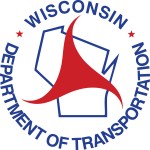
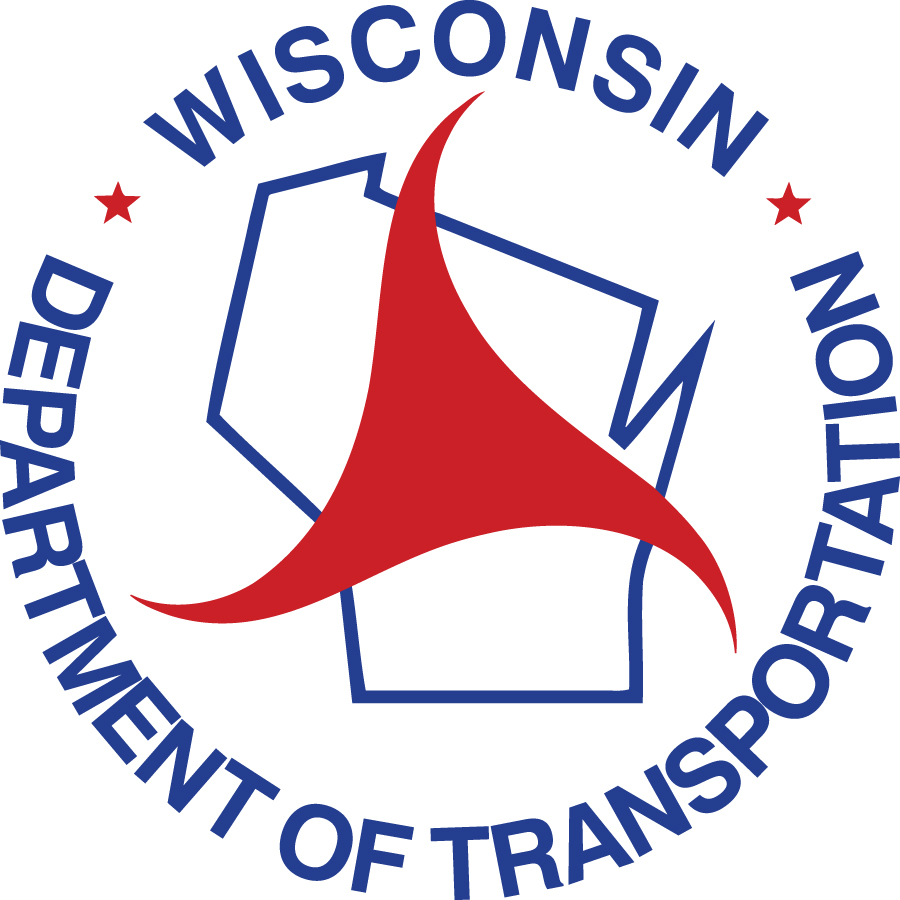



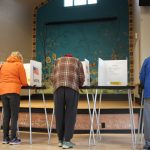






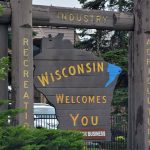


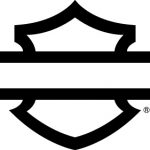






Someone should take the time to explain (remind?) drivers about what white lines mean, and why they are there. So many of them are now used to tell drivers not to change lanes. Many are on the WB I94. And why they are at it…tell drivers what a GORE line is at on ramps.. I’d like to see more enforcement of those violators that violate them.